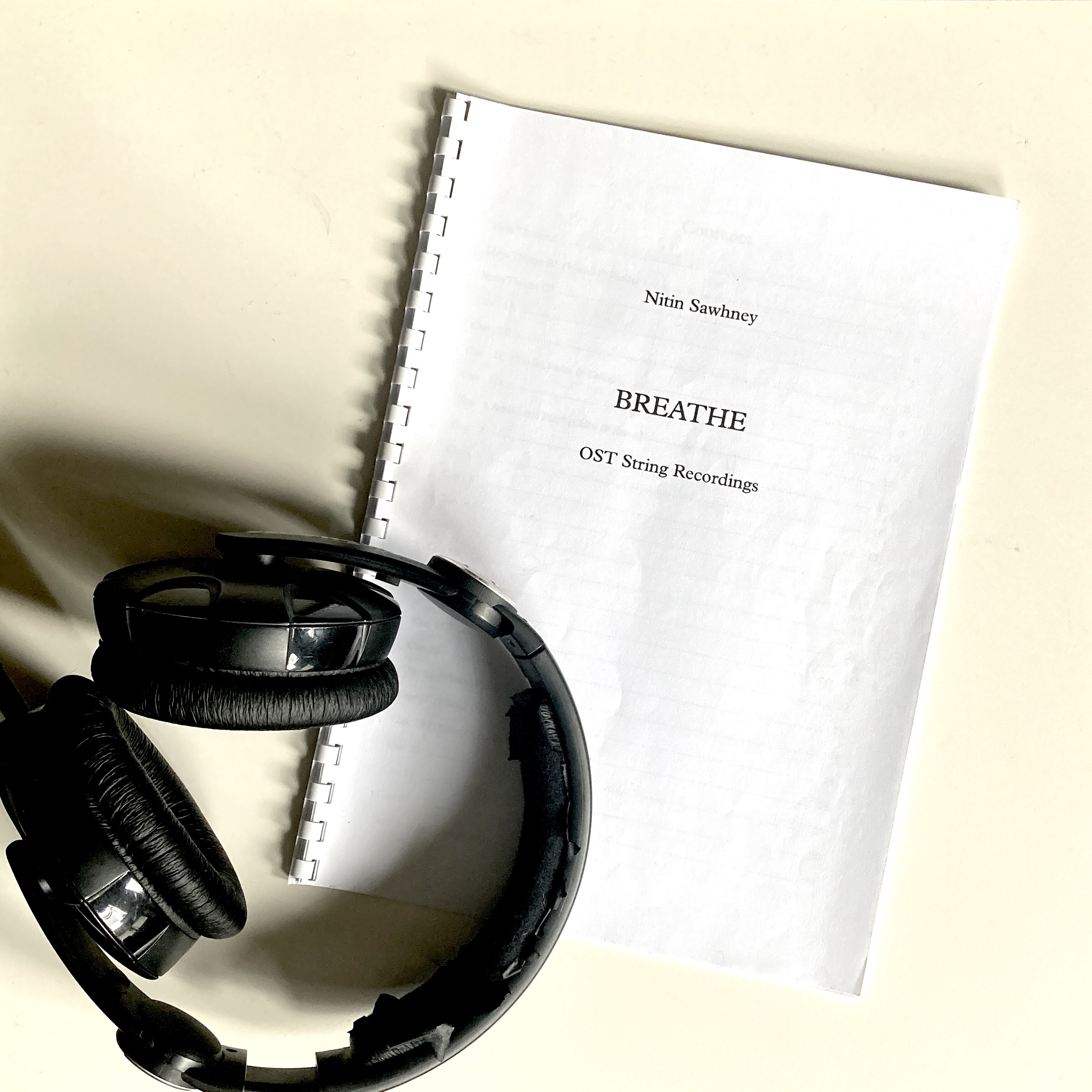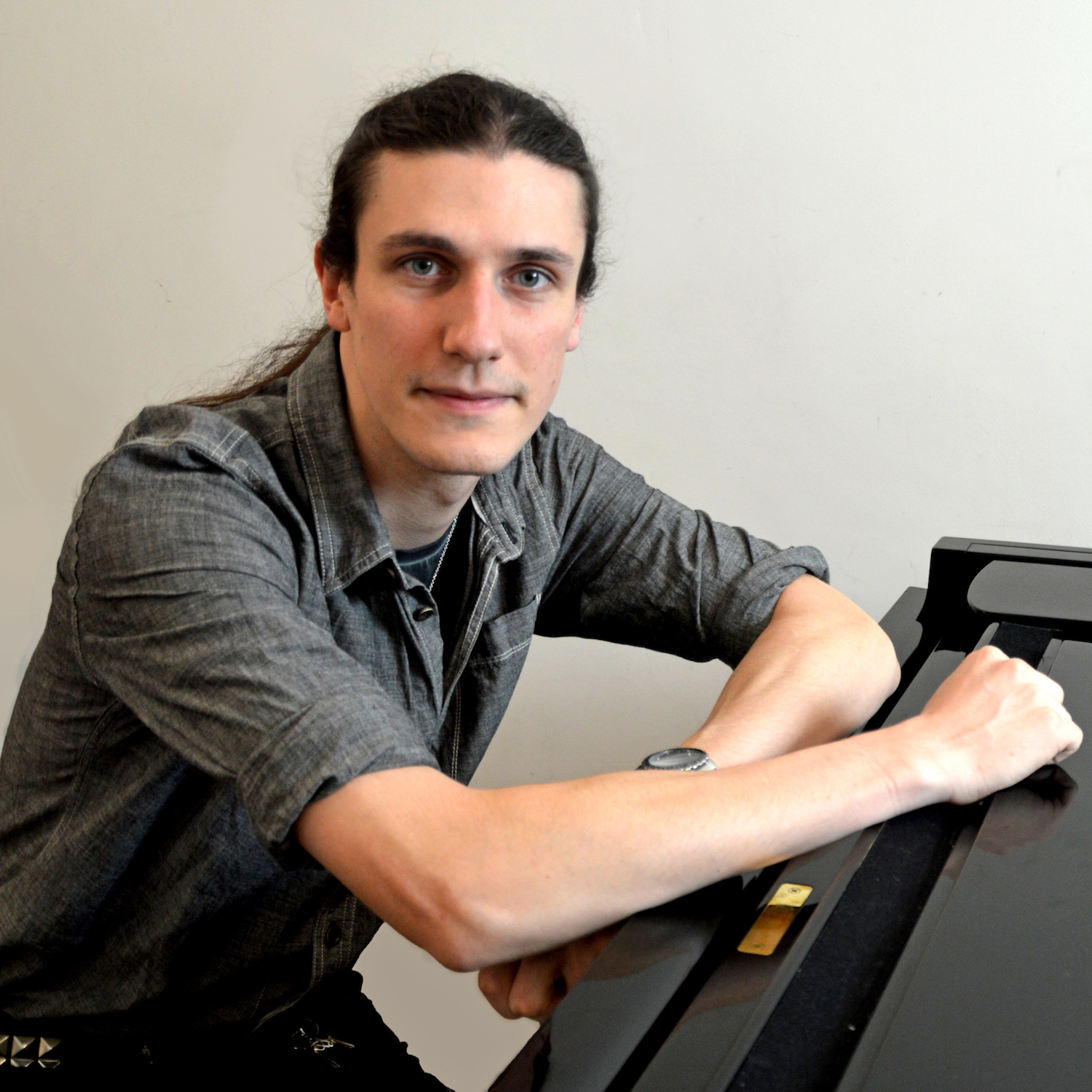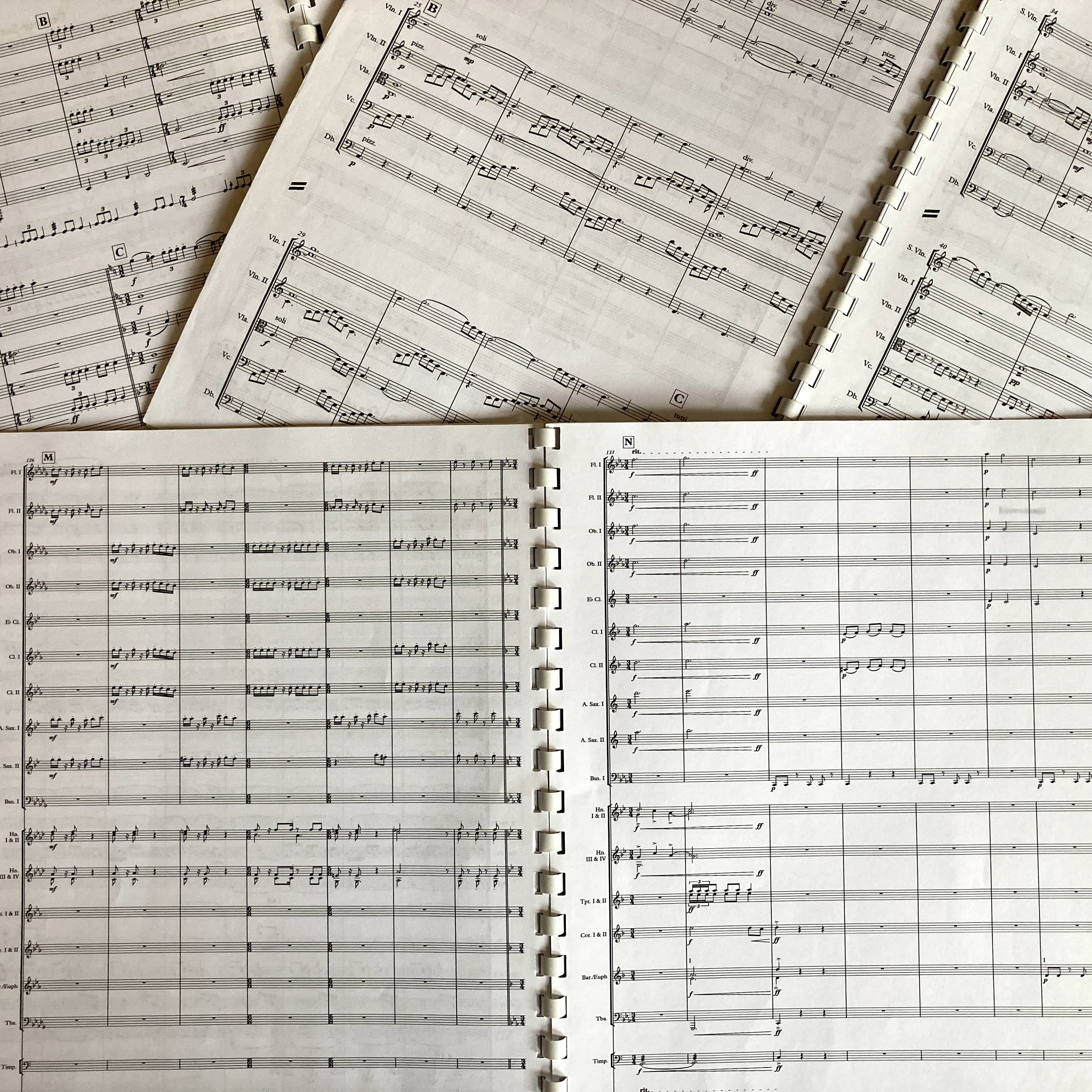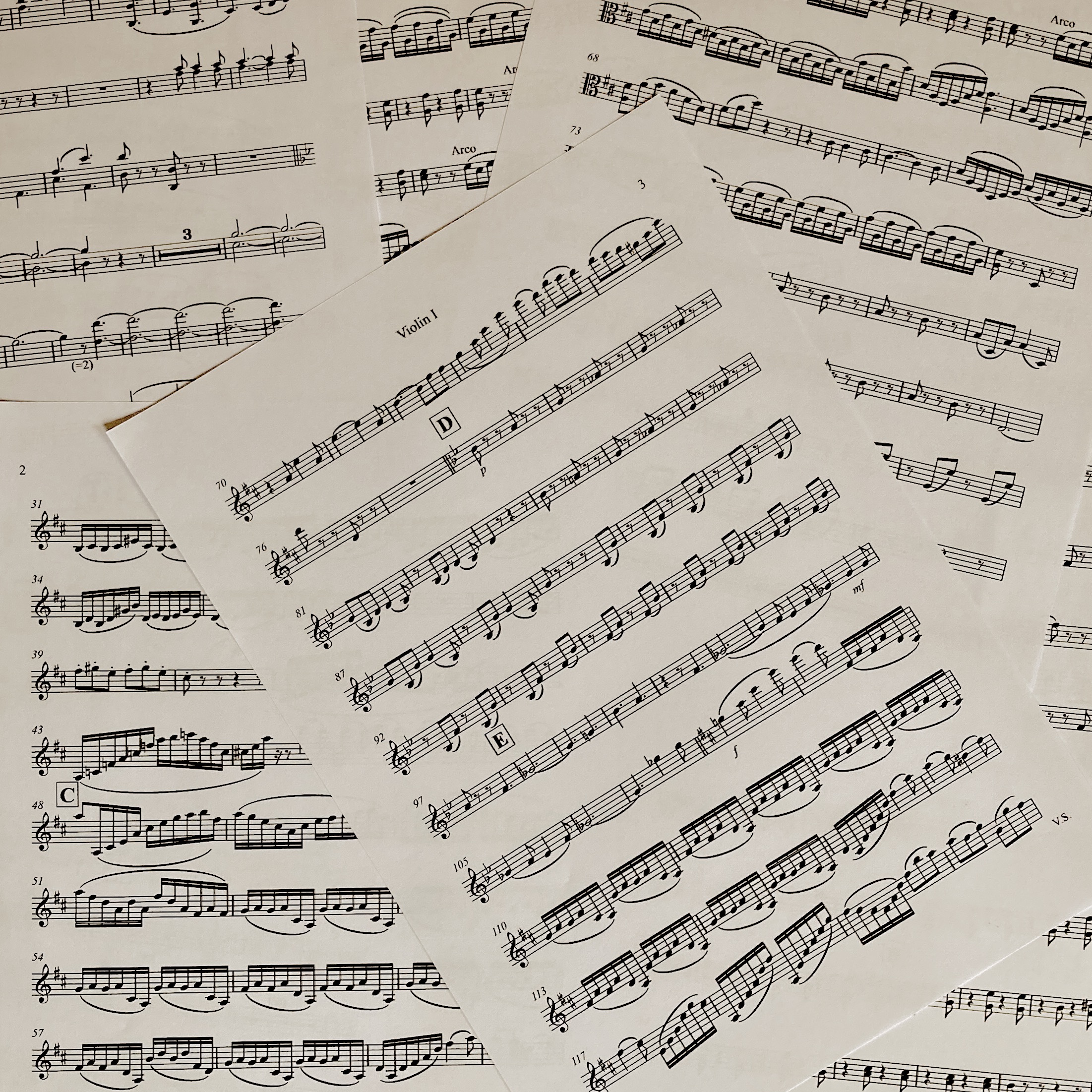About

Shallow Water Music
Shallow Water Music is an engraving and transcription business started by Michael Ford in 2012. Shallow Water Music specialises in helping musicians bring their music to life, whether they be writers or performers. Sheet music, from fully written individual parts to simple chord/lead sheets all the way to full orchestral scores is essential for all musicians at every level. Shallow Water Music can generate any kind of sheet music catering for the individual needs of every client, including arrangement, orchestration or even chord development and structure. Shallow Water Music has created scores for orchestral recording and performance, band arrangements and session musicians, home learning and performance; can work with just about any instrumentation and style of music; and can give clients whatever they need to bring their music to life. For those who can’t read music, alternative scores and structure sheets can be made and Shallow Water Music can also offer tuition.

Michael T Ford
Michael was born into a musical family and was writing and typesetting music by the age of 10 using the original Sibelius software. He was a chorister at Westminster Abbey, gained a musical scholarship to Uppingham School in 2002, graduated in Music and Music Technology from Huddersfield University in 2011 and holds a Masters in Music from Leeds College of Music. In 2009 Michael worked with composer Nitin Sawhney on the award winning BBC series Human Planet. Other major projects include the Sky TV series Britain & Ireland from the Air and the Andy Serkis film Breathe. Michael has over 20 years’ experience in transcription and score design. Alongside Shallow Water Music he currently works for international transcription specialists TuneScribers.

Music Engraving & Transcription
Music engravers (or copyists/notesetters) create sheet music for musicians. Originally the job involved re-copying a composer’s often scribbled score to make neat, hand-written individual parts and additional scores. Today, engravers use specialist notation software to create neat, printed music from a variety of source material – anything from hand-written scores to music written directly in a DAW such as Logic Pro or Pro Tools (often favoured by film and game soundtrack composers). Music transcription is similar to text transcription and is basically writing sheet music by ear from audio and video files. This can range from simply establishing the chords used in a song all the way to writing out individual instrument parts. Music transcription is a very specialist skill, with transcribers often having to use their knowledge and musicianship to compensate for poor recordings. Music transcribers have trained their ears to follow chord and melodic progressions in their head, which they can then turn into printed sheet music for others to read.

Arranging & Orchestration
Arranging and orchestration are different to engraving and transcription, but all these services are frequently offered by the same people. Arranging is taking a fully completed piece of music and re-scoring it for a different set of instruments. The most common example would be taking studio-written songs that use lots of instruments and production techniques, and arranging them for solo piano and voice. Orchestration is taking a structurally completed piece of music and adding the additional instruments required to complete the composition. This could range from a songwriter requiring chords and harmonies to be added to a melody, through to a composer writing an orchestral work on the piano and asking the orchestrator to devise the parts for the required orchestral instruments. Orchestrators are used when composers either don’t have the time or the detailed knowledge required to write for specific orchestral instruments.
